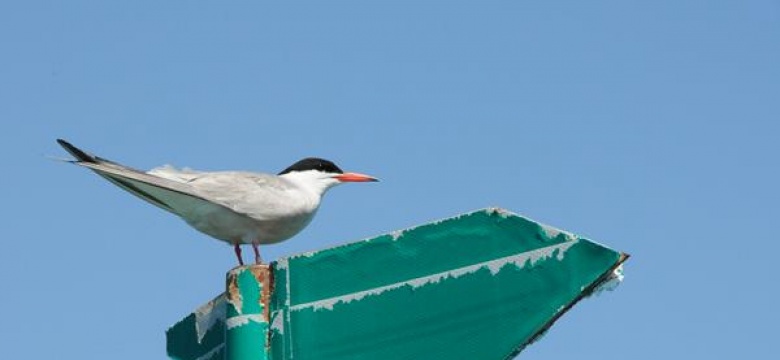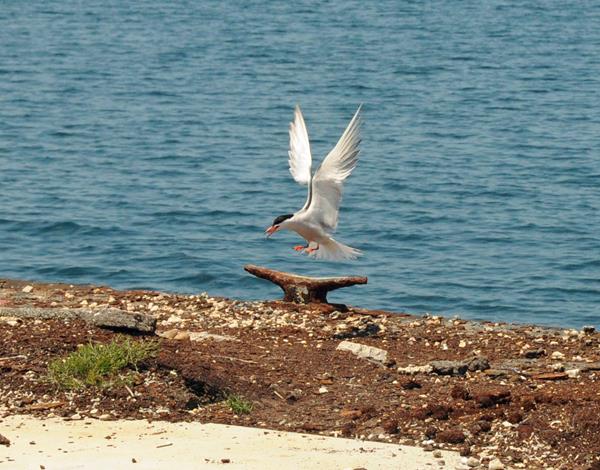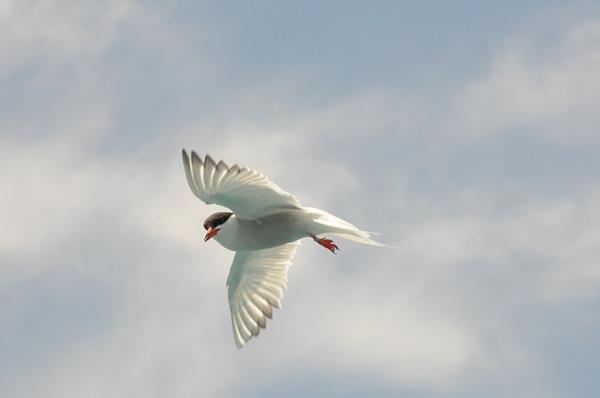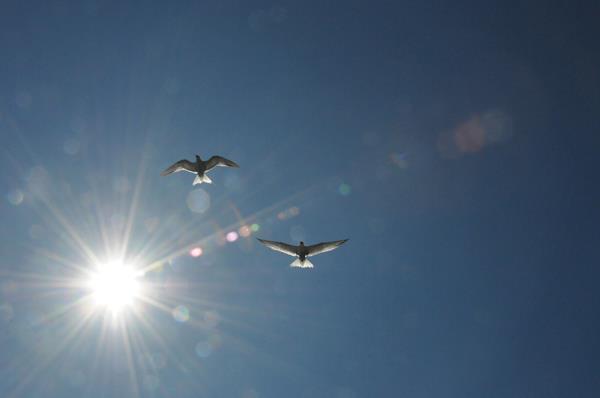Boating Public Urged to Safeguard Common Tern Nesting Sites

Bermuda’s boating public is being urged to safeguard the nesting sites of Bermuda’s critically endangered Common Tern.
Currently numbering just five nesting pairs, terns lay clutches of three eggs in nests on tiny islets or on ship buoys. Jet skiers, paddle boarders, kayakers and other pleasure boaters are asked to avoid landing at nesting sites and to refrain from mooring to ship buoys with nests to allow the common tern population a chance to increase. Nesting sites are marked with “No Landing” signs. If disturbed, any chicks that fall into the water will drown. In addition, adult birds frequently swoop down on intruders as a warning to leave the nest area.
Two nesting pairs have chosen ship buoys, one pair is on the buoy near Morgan’s Point in the west end (Great Sound Southampton) and the other pair on the buoy in St. George’s Harbour.
Dr. David Wingate, retired Conservation Officer, has been monitoring the population as a volunteer and is appealing for public cooperation in protecting the five remaining nesting pairs. Dr. Mark Outerbridge, the Ministry of Environment’s Senior Biodiversity Officer says, “Sadly, we are looking at a very unpredictable future for Bermuda’s nesting tern population. We trust that the boating public, once aware of the plight of our terns, will be extra sensitive to the nests.”
Bermuda’s endemic Common Tern is unique to the island as it shares no genetic contribution from terns found elsewhere on the globe. Common Terns fall under the Protected Species Act, which provides for a maximum fine of $ 25,000 or imprisonment for anyone convicted of causing deliberate harm to the species.


